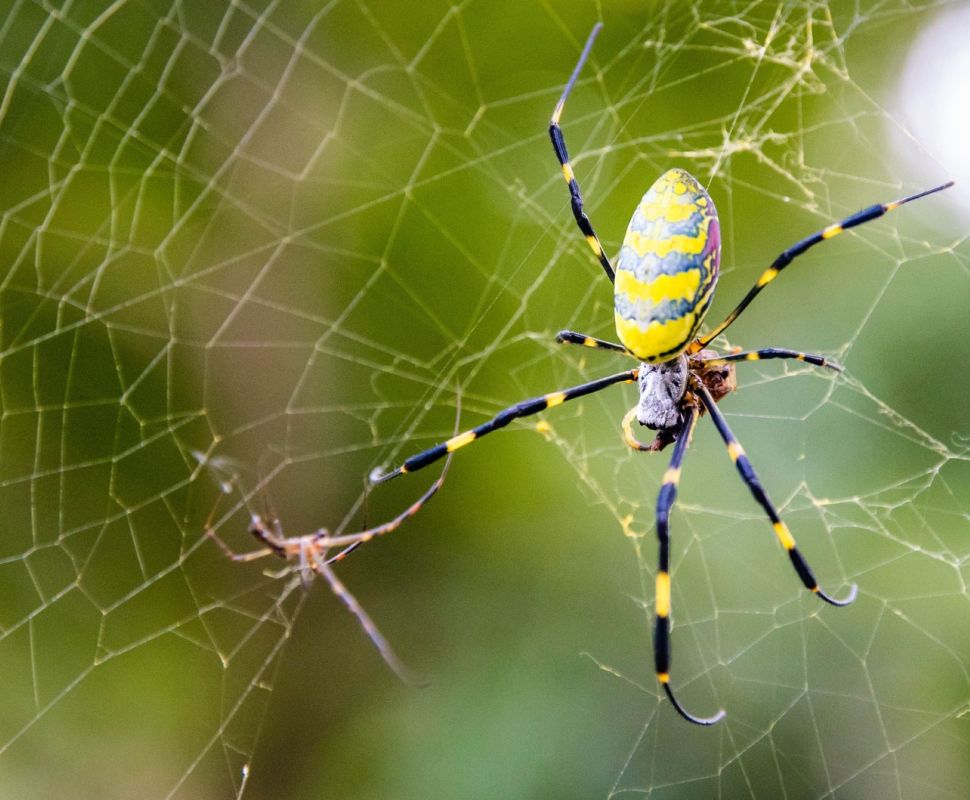Spiders — the creature that's much friendlier when it's not in your shower. But one particular spider species, the Joro (Trichonephila clavata), is causing many people to rethink both their relationship with arachnids and the stigma associated with "invasive" species.
What is the Joro spider?
The Joro spider is a harmless spider species originally from Asia. It was first reported in Georgia in 2013 — the likely result of contact with a shipping container. Since arriving stateside, the Joro's range has expanded across the southeastern United States, and it's expected to spread north in the not-too-distant future.
The spider's impressive breeding potential has allowed its population to grow exponentially, but unlike other invasive species, it has not come to the detriment of other native spider species.
Why should you care about the Joro spider?
In a recent study published by the University of Georgia, researchers found that the Joro spider is relatively meek. When compared with over 450 other species of spiders across 10 species, researchers found that the Joro froze motionless for over an hour after exposure to a harmless disturbance. In comparison, the other species studied moved around within a minute and a half.
"They basically shut down and wait for the disturbance to go away," the study's author Andrew K. Davis said. "Our paper shows that these spiders are really more afraid of you than the reverse."
Not only is the Joro one of the biggest scardey cats of the animal kingdom, but it also has a relatively low impact on humans and animals. This is because the species will not bite unless cornered, and if it does bite, the fangs are too small to pierce the skin.
How does the Joro spider help change the narrative on invasive species?
Invasive species have historically gotten a bad rap — and for good reason. Species like zebra mussels, Japanese knotweed, and spotted lanternfly cost Americans $21 billion yearly in remediation efforts and place immense stress on ecosystems, habitats, and other species.
Moreover, the native and non-native species tend to fight with one another over resources, often depopulating native species and causing irresistible ecological damage. But that isn't the case with the Joro spider.
The research indicates that the Joro spider can cohabitate well with humans and often settle in habitats separate from native spiders. In short, their calm demeanor makes them an enigma to other species — and humans.
"Most people think 'invasive' and 'aggressive' are synonymous," reported the paper's co-author Amitesh Anerao. "People were freaking out about the Joro spiders at first, but maybe this paper can help calm people down."
Join our free newsletter for cool news and cool tips that make it easy to help yourself while helping the planet.









